Add some excitement to your vocabulary lessons with an interactive game exploring homophones and their definitions.
Looking for a Digital Homophones Game?
If you’re getting tired of photocopying yet another homophones worksheet, then we have the solution for you!
Teach Starter’s digital games are the perfect accompaniment to traditional worksheets. They put students in the driver’s seat and have the ability to spark enthusiasm for the most mundane of topics. Even vocabulary lessons can be engaging when presented in a gamified digital format!
This digital homophones game has been designed by our experienced team of teachers to help your students explore the definitions of some of the most common homophones in the English language. Students will work through 11 questions as they match homophones to the correct definition and spelling. Some examples of questions included in the presentation are listed below.
- Choose the homophone to match the definition.
- Choose the correct homophone to complete the sentence.
- Choose the correct definition for the homophone.
Some of the homophones included in this game are: plain/plane, bee/be, bear/bare, hear/here, hare/hair, red/read, they’re/their, eight/ate, grate/great, whole/hole.
If students choose the incorrect answer, they are directed to an ‘Oops! Try Again’ slide which allows them to return to the previous question for another attempt. If the student chooses the correct answer, they are directed to the next question.
If you’re an Office Suite user, you can download this presentation in Microsoft PowerPoint format. Prefer the Google Suite? Just use the dropdown menu to select the Google Slides version of this resource. In both cases, be sure to operate the presentation in Slideshow mode to enable the interactive features.
This resource offers a great opportunity to include curriculum-aligned gaming in your classroom while also revising common homophones with your students!
Homophones Examples to Explore with Your Class
If you’re familiar with teaching homophones, you’ll know that homophones are words that sound the same but have different meanings and spellings. We’ve included a good selection of common homophones in this digital game, but here’s a list of some additional homophones examples that you might like to explore with your class.
- 1. Two / Too / To:
- Two – This is the number 2, e.g. ‘I have two pencils.’
- Too – This means also or very, e.g. ‘I want to go to the park, too.’
- To – We use this when we’re going somewhere or giving something, e.g. ‘I’m going to the supermarket.’
- 2. Your / You’re:
- Your – This shows that something belongs to you, e.g. ‘Is this your book?’
- You’re – This is a contraction of ‘you are,’ e.g. ‘You’re my best friend.’
- 3. Its / It’s:
- Its – This shows that something belongs to an object, e.g. ‘The cat licked its paws.’
- It’s – This is a contraction of ‘it is,’ e.g. ‘It’s a lovely sunny day.’
How to Access and Use This Homophones Game
Use the dropdown menu next to the Download button above to access either the Microsoft PowerPoint or the Google Slides version of this resource. (Note: You will be prompted to make a copy of the Google Slides template before accessing it).
Project the resource onto your screen and work through the slides as a class for a paperless lesson! Alternatively, assign it to students in Google Classroom so they can work through the game independently.
This resource was created by Kendall Britnell, a Teach Starter collaborator.
More Activities for Exploring Examples of Homophones
Looking for more activities to enhance your lessons on homophones? Explore this great selection of teacher-created resources!
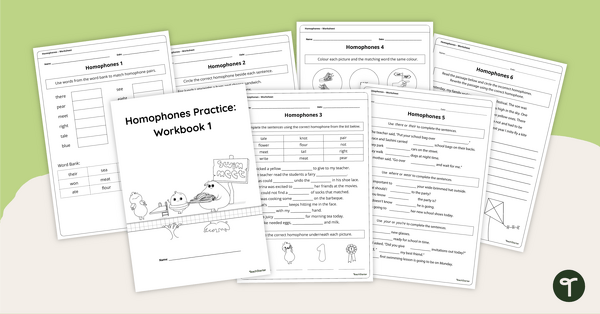
teaching resource
Homophones Practice Workbook 1
Strengthen your students’ ability to recognise homophones in context with this set of 6 worksheets with answers.
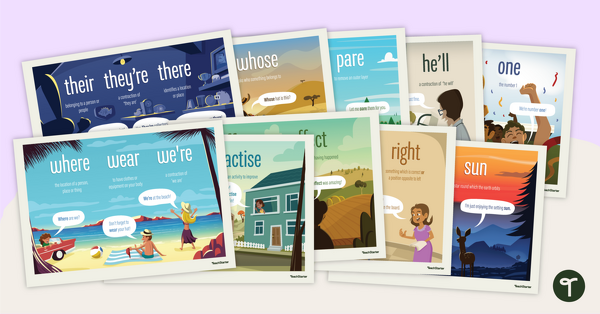
teaching resource
Homophones Poster Pack
Surround your students with examples of homophones with this set of 20 classroom posters.

teaching resource
Introduction to Homophones Teaching Slides
Teach your students how to use homophones correctly in their writing with this comprehensive set of teaching slides.



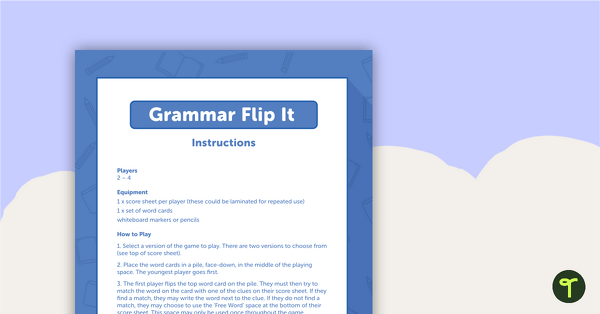
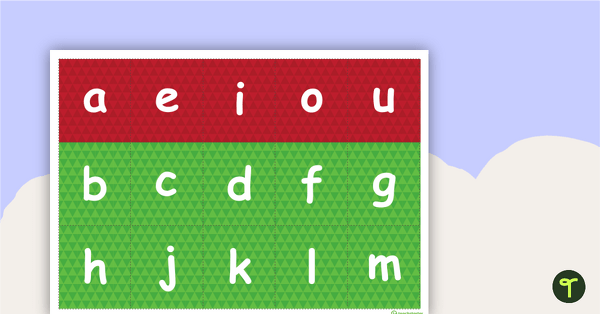
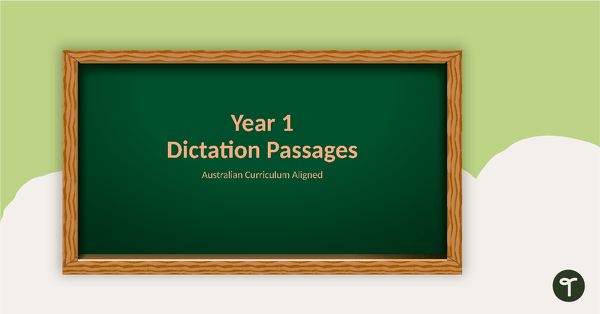
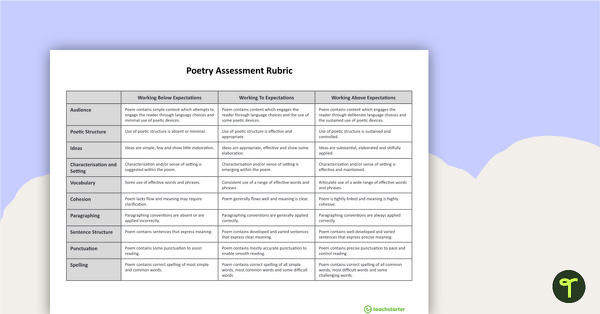
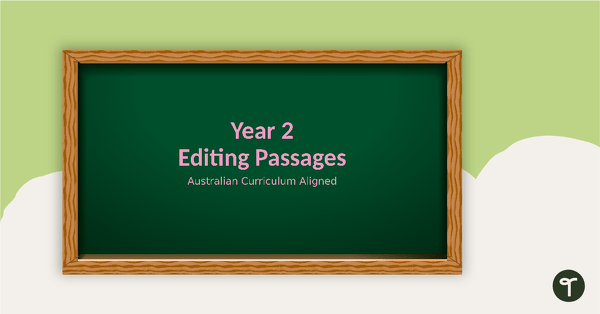
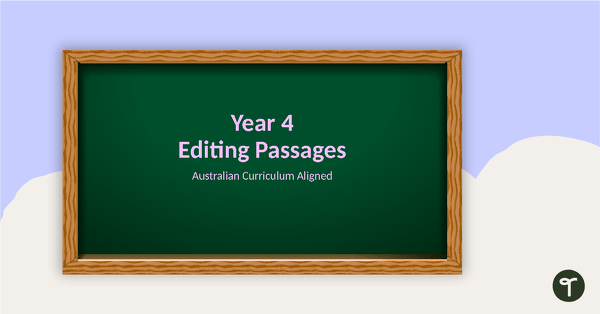

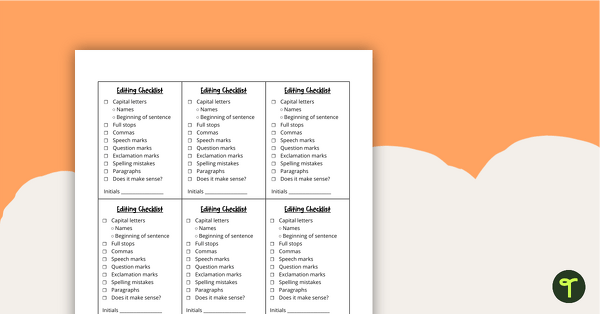
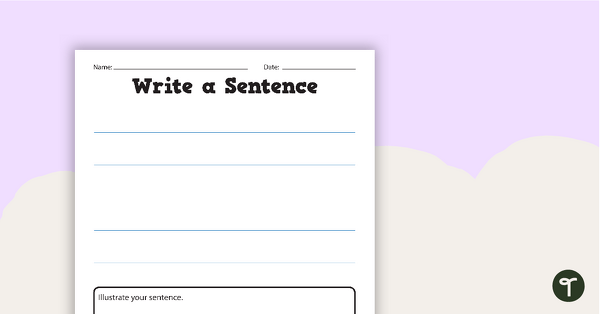
0 Comments
Write a review to help other teachers and parents like yourself. If you'd like to request a change to this resource, or report an error, select the corresponding tab above.